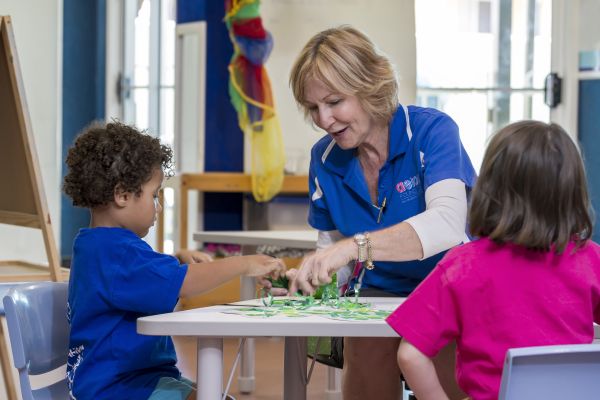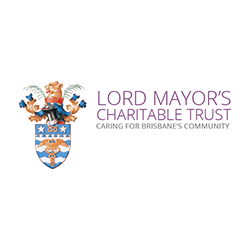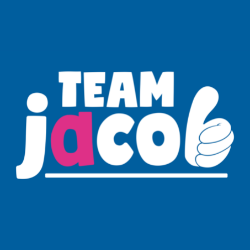
By Kate Schatz, Program Coordinator and senior OT at AEIOU Foundation
As an occupational therapist the most common question I am asked is: “What does an occupational therapist do?”
The profession of occupational therapy, commonly known as OT, has been around since 1920 and almost 100 years on, the general community and even OTs, have difficulty defining exactly what they do!
Much of the confusion lies in the term “occupation”. In occupational therapy, occupations refer to the everyday activities that people do to occupy time and bring meaning and purpose to life. Occupations include things people need to, want to and are expected to do (World Federation of Occupational Therapy). An occupation is anything a person does to occupy their time. Ultimately, an OT works with people to develop skills so that they are able to do what they want and need to do everyday.
Occupational therapists are a vital part of the early intervention team at AEIOU. As occupational therapists working with children with autism, we focus on areas including:
- Toilet Training
- Play Skills
- Social Skills
- Mealtimes
- Self-help skills
- Fine motor skills
- Gross Motor skills
For children with autism, many of these occupational roles do not effortlessly develop, and instead require specific targeted support to learn. The great news is that with the right intervention these skills can be learned!
OTs at AEIOU take a functional approach to therapy, with the overall aim to provide children with the life skills to be a functioning member of society by directly addressing the skills that the child needs to engage in their everyday life. This may mean breaking the skill down into small achievable steps with a lot of support and reinforcement in order to work towards a long-term goal. I believe that if a child is not learning a skill, it is my responsibility as a therapist to modify my approach so that the child can develop the skill. We need to set the children up for success in order for them to learn.
For example, to teach a child to go to the toilet the OT may put in place a program to increase the child’s fluid intake, take them to the toilet frequently (even every 5 minutes!) and provide them with their most favourite thing when they wee in the toilet. This means the child has plenty of chances to be successful and get the good stuff! This may just be the first step on the road to independent toileting. The OT will also look at teaching pre-requisite skills, for example, prior to beginning toilet training the child may need to be taught to sit on the toilet, wear underwear and follow the toileting routine.
OTs at AEIOU are using teaching strategies based on the science of behaviour analysis, which has the best evidence for working with children with ASD. This approach means that our OTs are taking a functional, occupation centred approach and ensuring that the children that we are working with receive quality therapy.
At AEIOU we have a wonderful group of dedicated OTs who work very hard with their team, parents and, most importantly, the children to achieve their goals.
Tags: Occupational Therapist, OT, AEIOU, Autism, Early Intervention


































